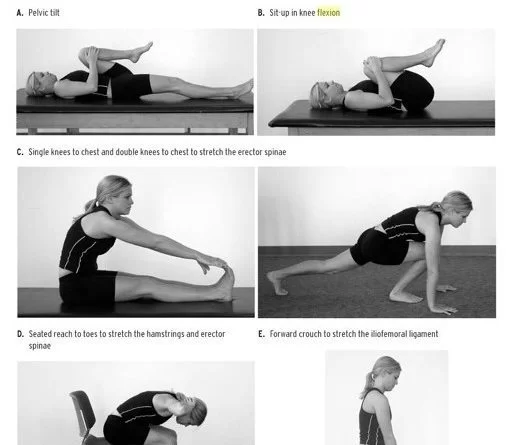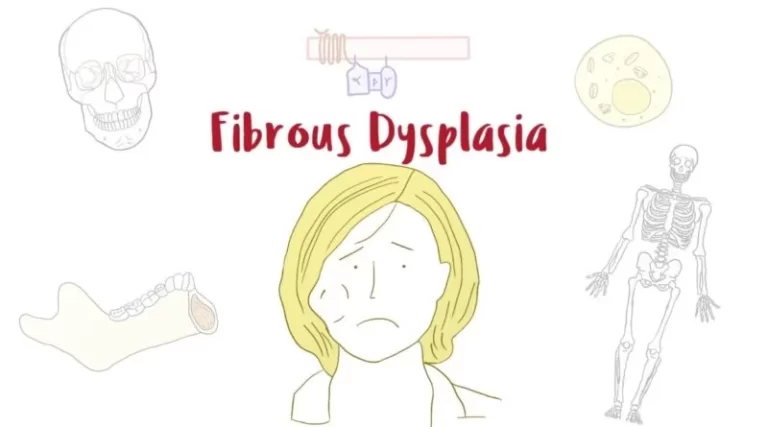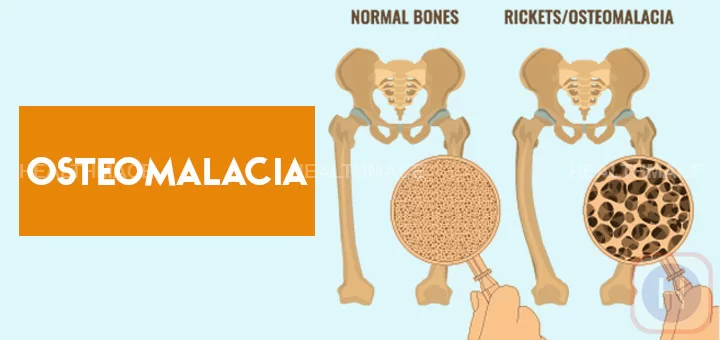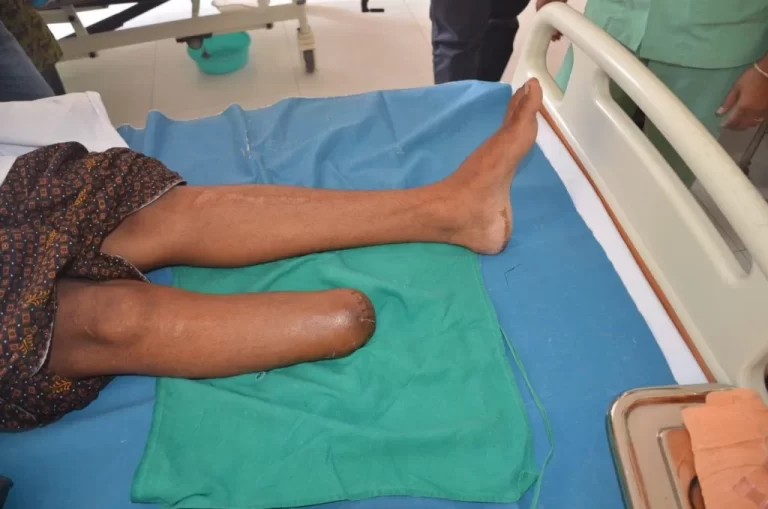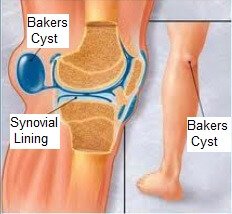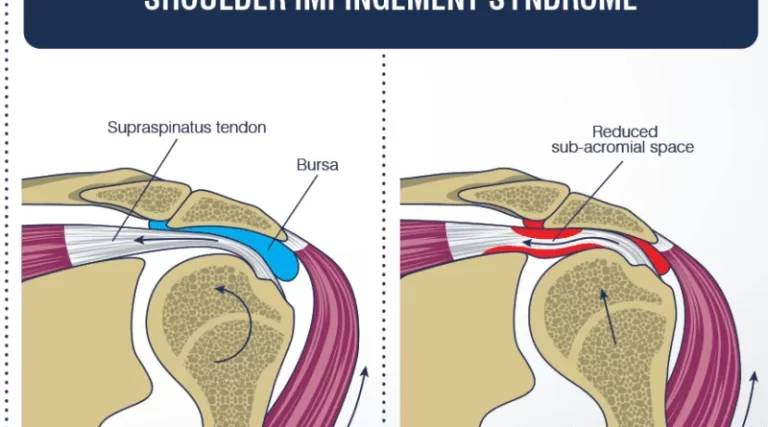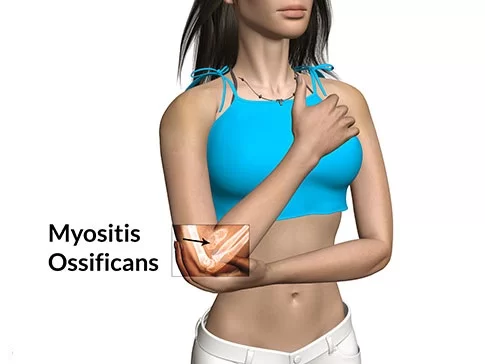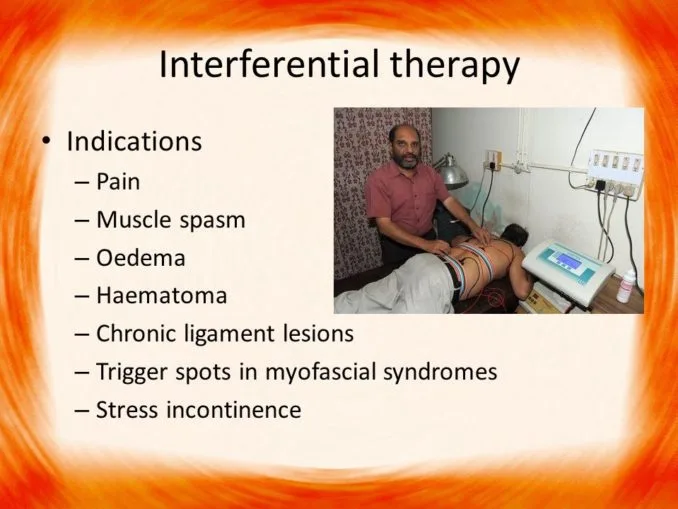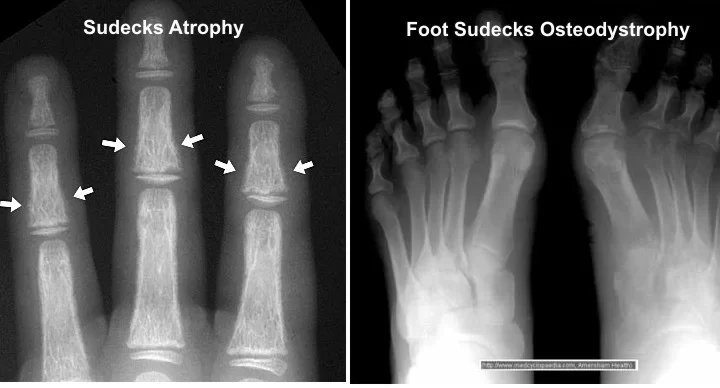Williams Flexion Exercise (WFE)
What is a Williams flexion exercise (WFE)? Williams flexion exercises (WFE) — also called Williams lumbar flexion exercises or simply Williams exercises is a set or system of related physical exercises intended to enhance lumbar flexion, avoid lumbar extension, and strengthen the abdominal and gluteal musculature in an effort to manage low back pain non-surgically….

